How to drink a cup of Kenyan coffee beans the correct steps: flavor and taste characteristics of Kenyan coffee bean juice
What is the right way to drink coffee? To Qianjie, it is done if you usually drink coffee directly into your mouth, but there will always be customers who want Qianjie to tell the secret of baristas tasting coffee. Secret? After thinking about it carefully, it turns out that people want to understand that it is "sipping" drinking. If you have worked at the front street bar and carefully observed the process of extracting coffee from the front street baristas, you will surely find that after the extraction is over, the front street baristas will not directly serve the coffee to the guests. Instead, they pour out a mouthful of coffee while waiting for the "warm cup" to drink by themselves. And the method of "stealing drink" is also fastidious. Ordinary baristas will make a "sucking" sound, not deliberately causing unpleasant feelings to guests, but baristas have to make sure that there is nothing wrong with the extracted cup of coffee before producing coffee. The drinking method of "sucking" also has a proper term "sipping", which can better feel the flavor of coffee.
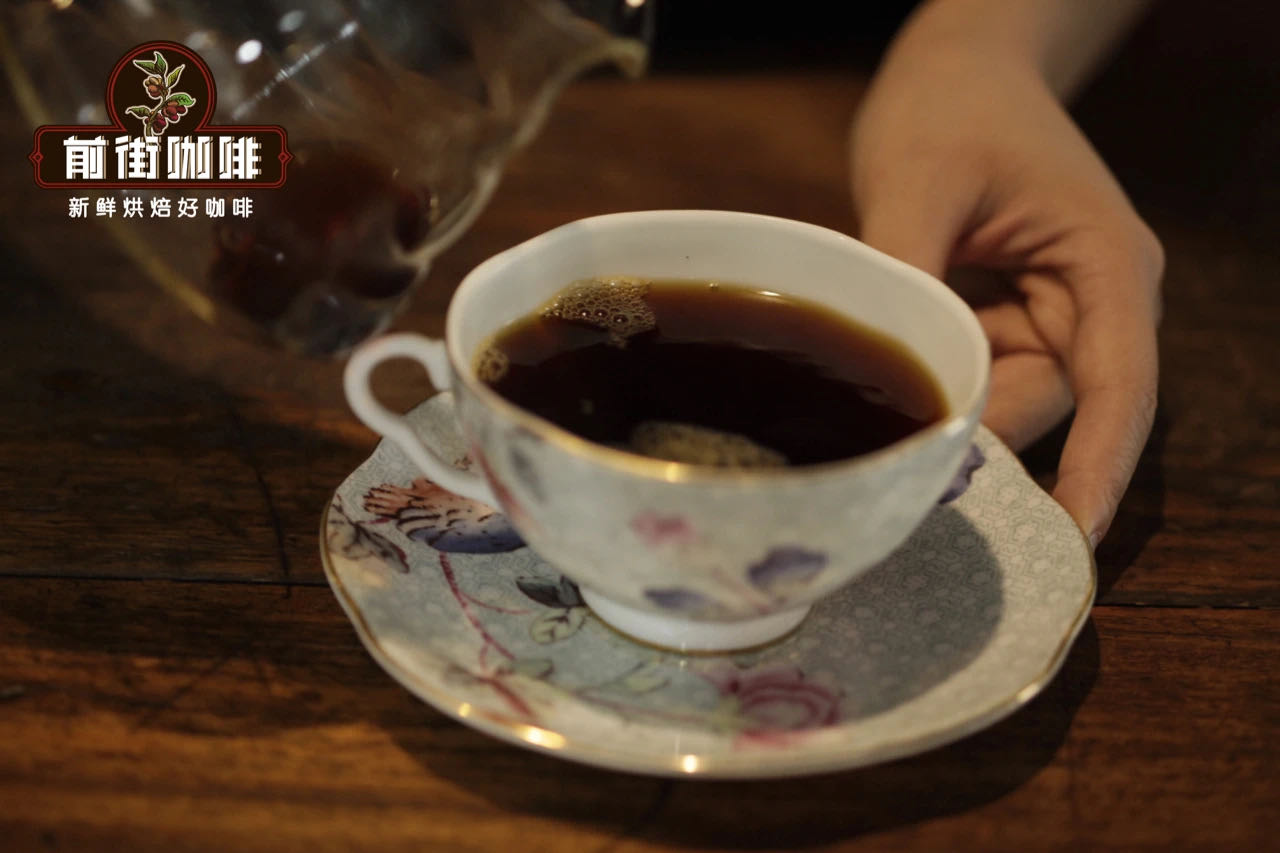
In fact, "sipping" comes from cup testing. Speaking of which, Qianjie believes that many rookies of coffee have been confused. Next, Qianjie will start from the cup test to answer questions and questions step by step. Coffee cupping is to use standardized baking, extraction and sipping methods, using smell, taste and touch to appeal to words and quantify the aroma, flavor and taste of coffee into scores to complete the taste of coffee. Generally speaking, this kind of professional practice is often done by "Q Graders" professionals, but now more and more experienced baristas and roasters will use cup testing to test coffee.
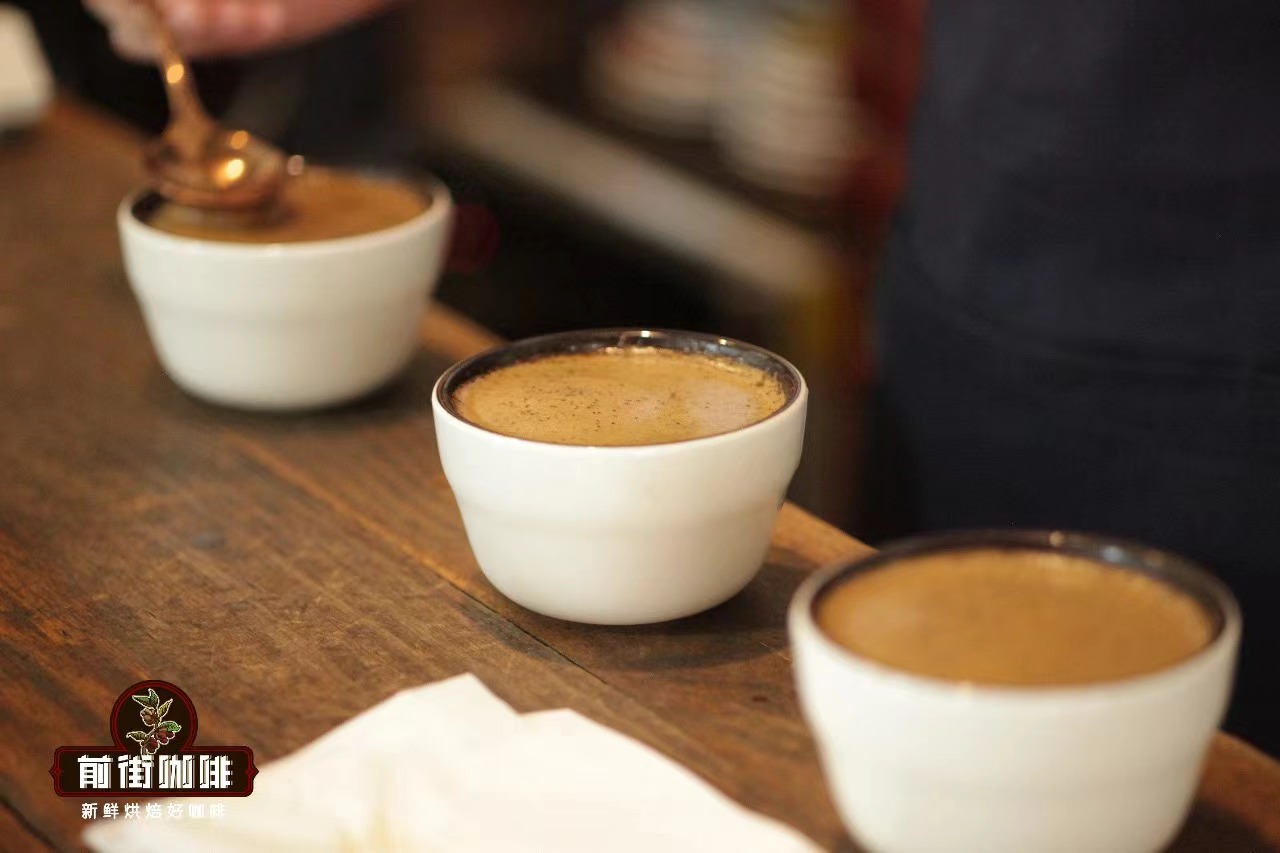
The cup test originated from a longer wine culture. Wine tasting originated in the 14th century. Although the coffee cup test started relatively late, it has developed rapidly under the leadership of the third wave of boutique coffee. Cup testing is a method to ensure the quality of raw beans, the process is very complicated, and the scoring standard also tests the professionalism of a cup tester. Qianjie's article in front of this has introduced the cup test in detail. Next, Qianjie will briefly introduce how to correctly appreciate a Kenyan coffee on the cup testing process.
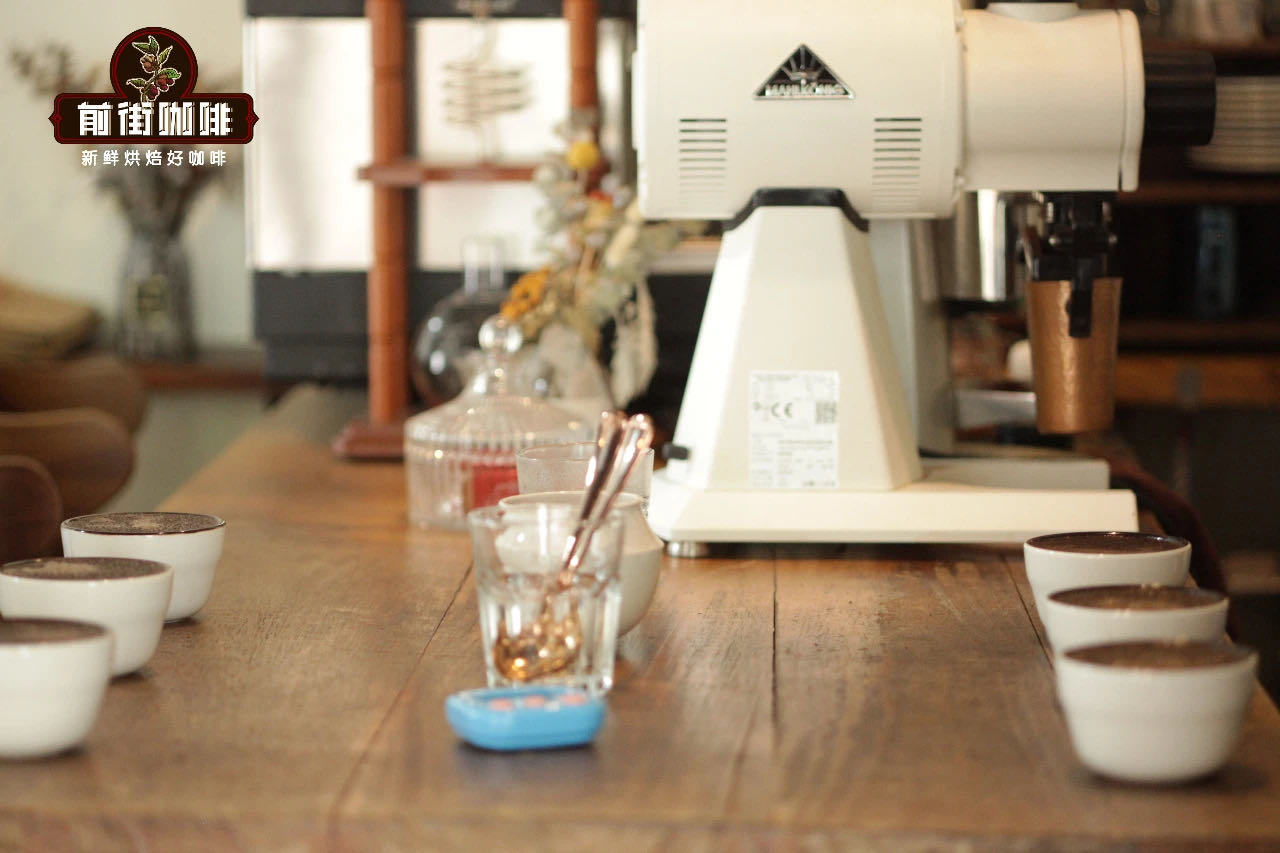
It is recommended that the cup test requires the same three coffee cups, three samples, a special spoon, a cup of water, and a waste water cup. The reason for preparing the three beans is to test the consistency of the beans, which is the score of the SC A Cup, and COE is not kind, so he added the balance project.
Cup test steps:
Step 1: grind the coffee powder
Step 2: evaluate the dry aroma of each coffee
The third step: inject water, add 94 degrees hot water to the measuring cup and soak for about 4 minutes.
Step 4: break the slag, you can smell its dry fragrance at this time.
Step 5: scavenging
Step 6: after 9 minutes of water injection, start sipping coffee with a cup spoon, inflating it and spreading it on your tongue, using the sense of smell behind your nose to appreciate the gasification taste of coffee oil and feel the thickness of coffee in your mouth.
Step 7: sip again when the temperature drops. The miscellaneous smell of coffee is often found near room temperature.
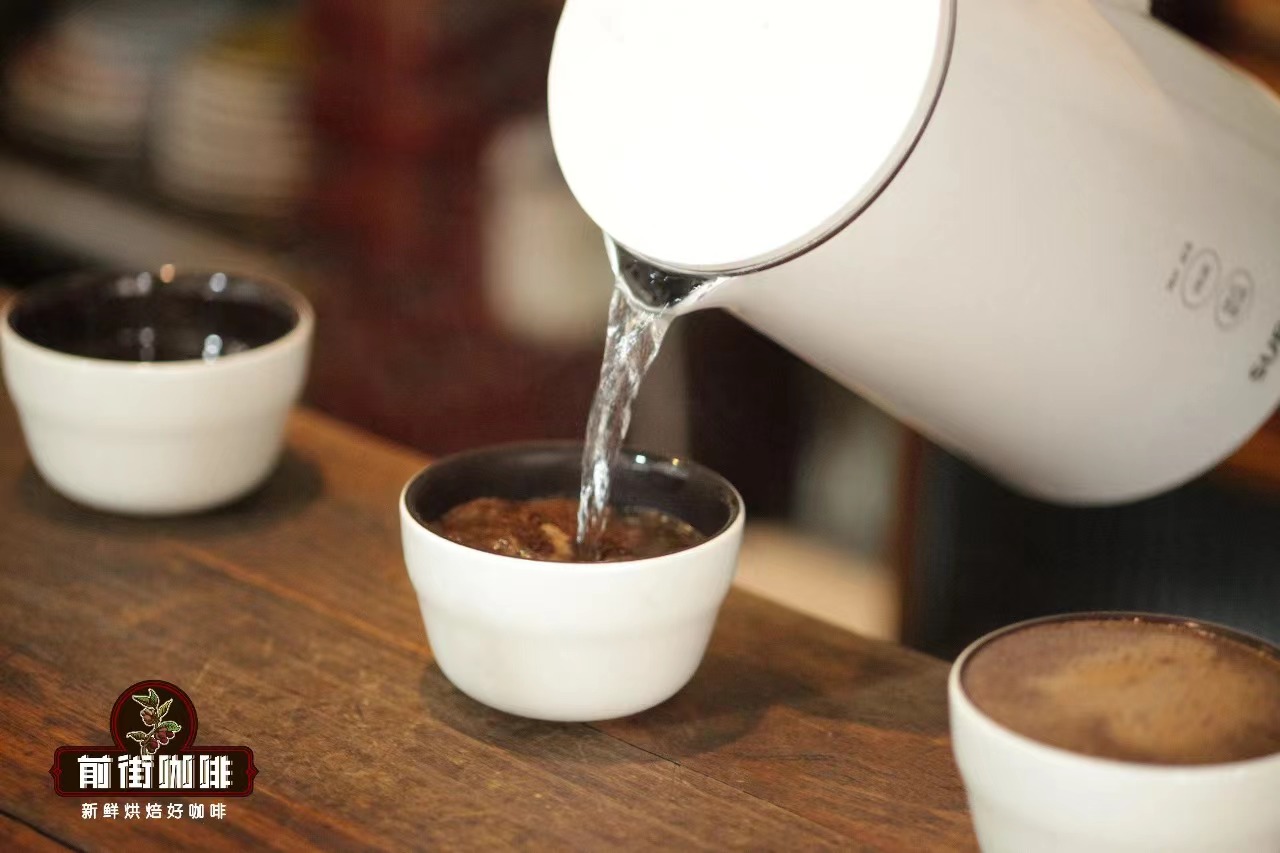
Seeing here, you should have learned how to test a cup of coffee. For the description of the flavor and the introduction of the coffee flavor wheel, you can go to the official account of Qianjie Coffee or browse the relevant information of the coffee network.
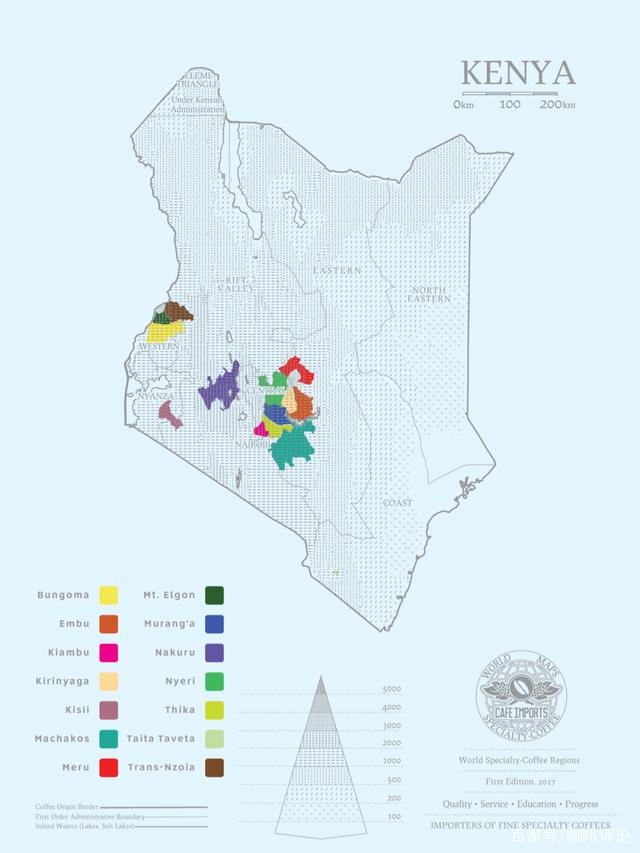
In the coffee industry, Kenya is a powerful country of origin in East Africa. Both the taste of their coffee beans and the way they trade are among the best. The best coffee in Kenya is not simply divided into AA or AB. They sell to the highest bidder through a specific auction, and fierce competition usually pushes up prices. Kenya's R & D achievements are also unparalleled. Many small-scale agricultural farmers have received higher education and various honors under the guidance of the government. Kenya's quality control process is very meticulous, all aimed at producing a higher level of coffee. Generally speaking, the coffee produced here tastes bright and bright, gradually intensifying from the front taste to the aftertaste. For people who don't like the acidity of coffee, it may not be suitable (because it contains a series of chlorogenic acids, this kind of coffee is characterized by the acidity of its bright taste). The best Kenyan coffee is mellow and complex, with distinctive fruity aromas (citrus and berry flavors) and sometimes spicy flavors. Some Kenyan coffee is bright and some has a precious wine flavor.
Qianjie recently acquired two raw coffee beans from Kenya: Lumuzia Cooperative and Kirinia, which taste like juice. In contrast to the over-fermented ones, the taste of these two Kenyan coffees is more pleasant with grapefruit and citrus. Why is Kenyan coffee so sour? Qianjie believes that this taste is closely related to his treatment and the coffee growing environment. First of all, let's take a look at the growing environment of coffee in Kenya. The advantages of Kenyan coffee growth lie in high altitude, volcanic soil, and unique washing methods.
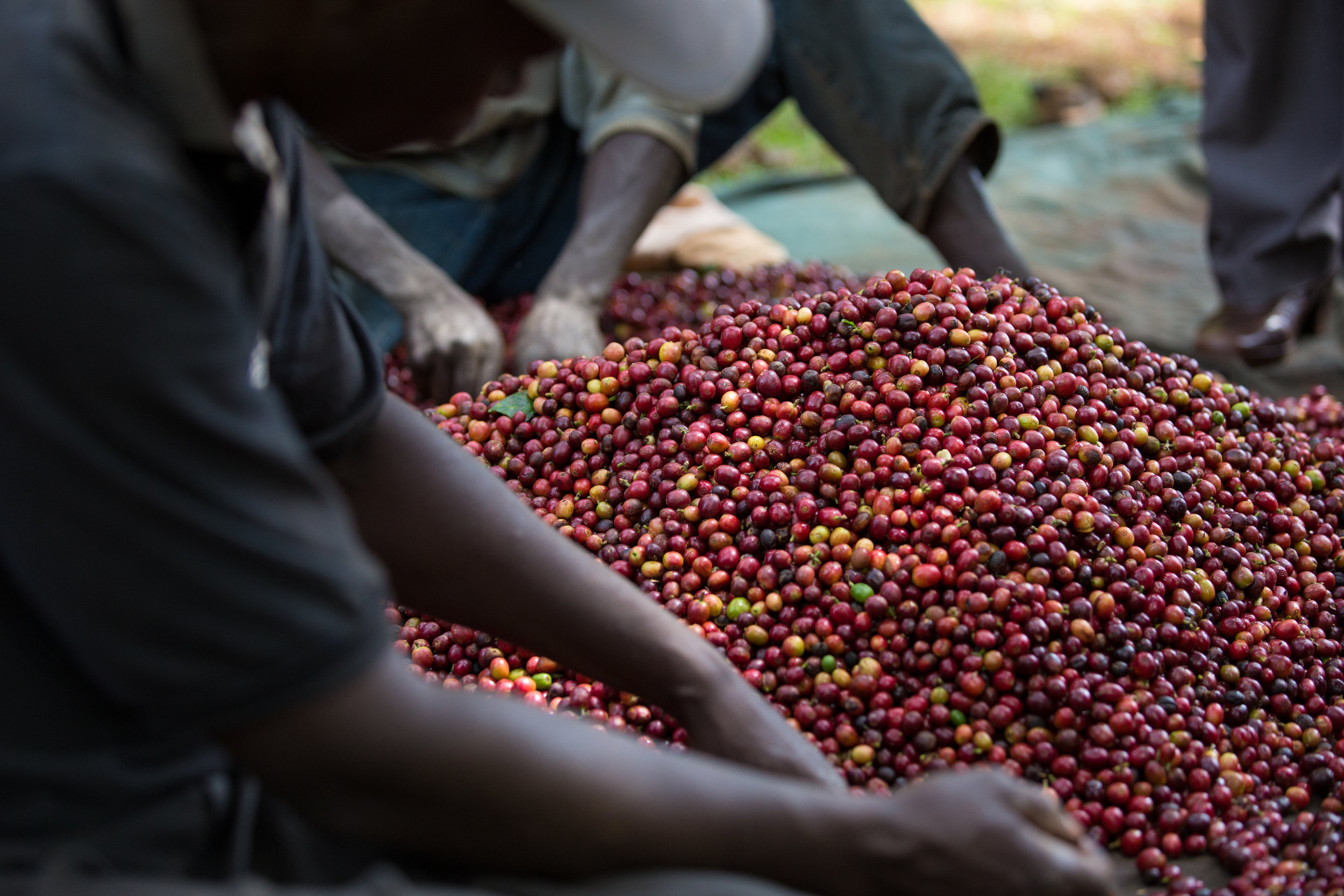
The elevation of coffee producing areas in Kenya is generally on the high side. It's usually about 1600 meters. Now we mainly talk about the coffee producing areas in Kenya, which are divided into six parts, namely: Qianbu, Mulangyi, Nieli, Qilinya, Anbu District, Machas District, Pangouma District and Bangouma District of Mount Elgon. The higher the altitude, the lower the temperature and the less oxygen, so the coffee will take longer to grow, and the coffee will taste better with the increase of sugar and aromatic substances in the coffee. Qianjie this time the Kilinia coffee producing area is a volcanic area where the elevation of the area is between 1300 and 1900 meters above sea level, in which the mineral Yewei coffee in the volcanic soil provides nutrients. So it produces a lot of good coffee.
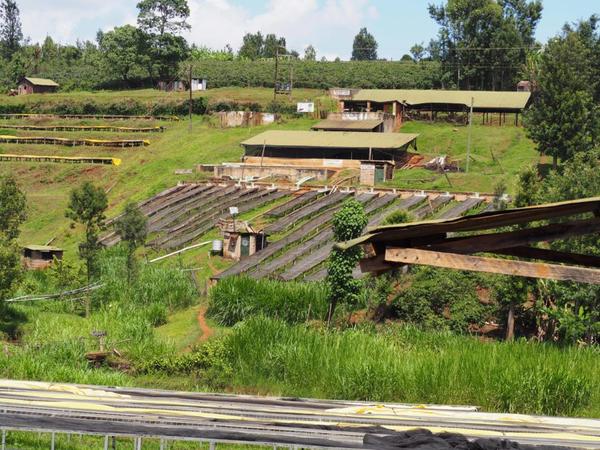
What we need to tell coffee fans here is that since Kenyan coffee is grown by small farmers, it is difficult to trace the source of coffee. Most coffee is only clearly located at the cooperative station, which is the main mode of coffee production in Kenya. Cooperatives and processing production are the second window for Kenyan coffee. For the processing cooperation stations that can continuously produce high-quality coffee beans, buyers will continue to visit and buy, and the price of the fruit from the processing plant to the coffee farmers is calculated according to the weight of the fruit delivered by the farmers. the processing plant with good performance will give coffee farmers a higher purchase amount, so this way can make Kenyan coffee carry on a virtuous cycle.
The washing treatment of Kenyan coffee is also one of the main reasons why Kenyan coffee is famous in the world. Most coffee washing treatments are washed after the colloid layer of the fruit has fallen off, and the whole process is very fast. However, the washing method in Kenya is often two steps higher than the normal water method. After fermentation and then the introduction of a clean sink, in fact, the fermentation of coffee is completed when it leaves the sink for the first time, and then the water washing static can make the coffee bean flavor cleaner. The pectin layer in the coffee can be completely washed after repeated washing, and the whole process often reaches about 72 hours, so this water method is also known as K72 washing method.
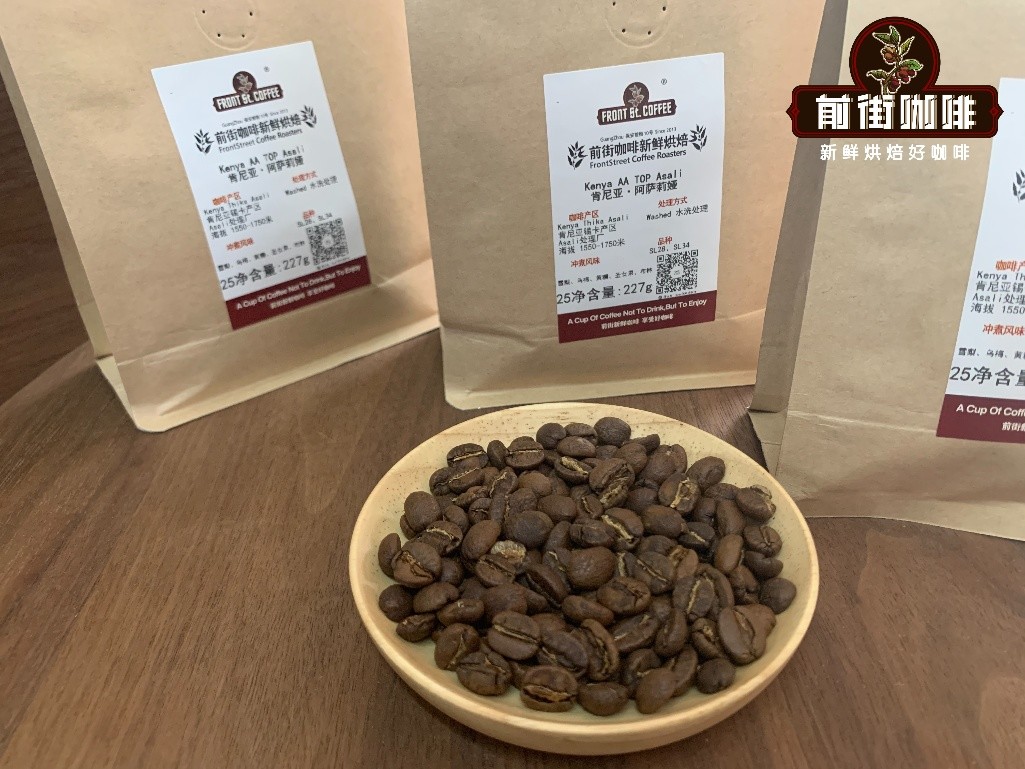
At present, Asalia, Kenya, on the front street, uses this method of washing.
Production area: Sika Thika processing Plant: Asali Honey processing Plant altitude: 1550Mele 1750m varieties: sl-28,sl-34 treatment: 72 hours washing classification: AA TOP
The taste of this Kenyan coffee is characterized by a very obvious caramel flavor in the mouth, wet aroma with a hint of flowers, acid of black plum will appear when the temperature drops, and then the acidity will become brighter and brighter, with a prominent sense of fruit juice.
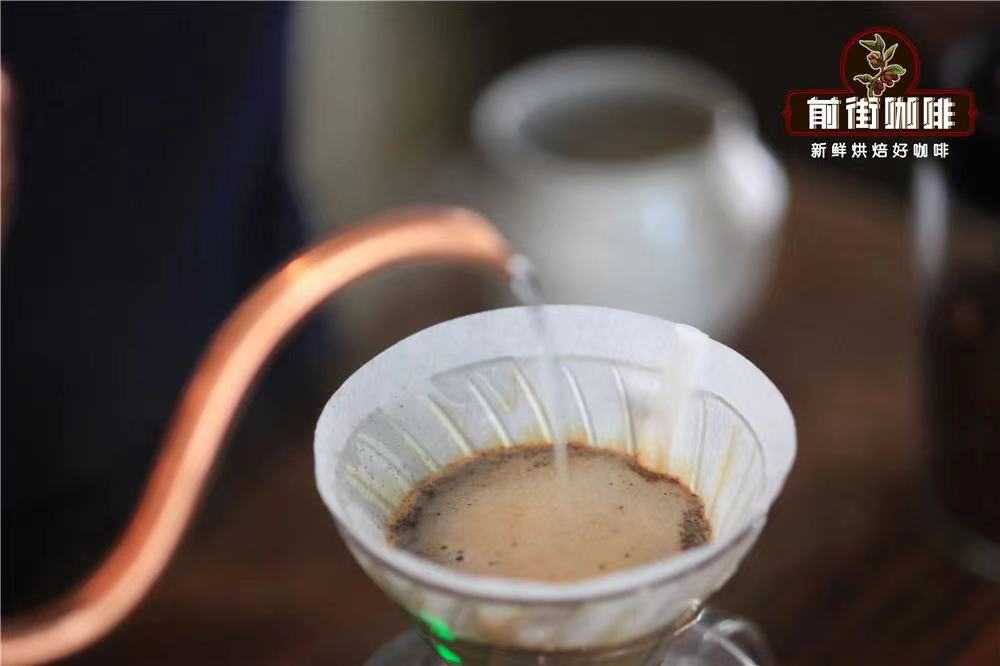
Professional coffee knowledge exchange more coffee bean information please follow the coffee workshop (Wechat official account cafe_style)
For more boutique coffee beans, please add private Qianjie coffee on Wechat. WeChat account: kaixinguoguo0925
Important Notice :
前街咖啡 FrontStreet Coffee has moved to new addredd:
FrontStreet Coffee Address: 315,Donghua East Road,GuangZhou
Tel:020 38364473
- Prev
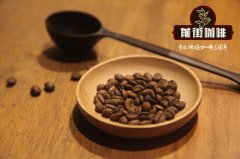
The acidity of Kenyan coffee is so charming. What kind of fruit is Kenyan coffee bean flavor?
Professional coffee knowledge exchange more coffee bean information please follow the coffee workshop (Wechat official account cafe_style) Front Street-Kenya Coffee introduction Kenya coffee processing methods are generally divided into two types: washing and sun drying. Careful control of the coffee processing process can provide coffee quality. Take, for example, FTOK (made up of 12 cooperatives)-coffee berries delivered by farmers every Tuesday
- Next

Several varieties of coffee in Kenya what is the difference between the varieties of Kenyan sl28 coffee and beans
Professional coffee knowledge exchange more coffee bean information please follow Coffee Workshop (Wechat official account cafe_style) Front Street-Kenya Coffee introduces the border between northern Kenya and Ethiopia, but there are obvious differences in flavor, with obvious berry tone, rich juice flavor, which is inseparable from the unique red soil of Kenya. The soil is rich in phosphoric acid, as well as its own excellent
Related
- Beginners will see the "Coffee pull flower" guide!
- What is the difference between ice blog purified milk and ordinary milk coffee?
- Why is the Philippines the largest producer of crops in Liberia?
- For coffee extraction, should the fine powder be retained?
- How does extracted espresso fill pressed powder? How much strength does it take to press the powder?
- How to make jasmine cold extract coffee? Is the jasmine + latte good?
- Will this little toy really make the coffee taste better? How does Lily Drip affect coffee extraction?
- Will the action of slapping the filter cup also affect coffee extraction?
- What's the difference between powder-to-water ratio and powder-to-liquid ratio?
- What is the Ethiopian local species? What does it have to do with Heirloom native species?

